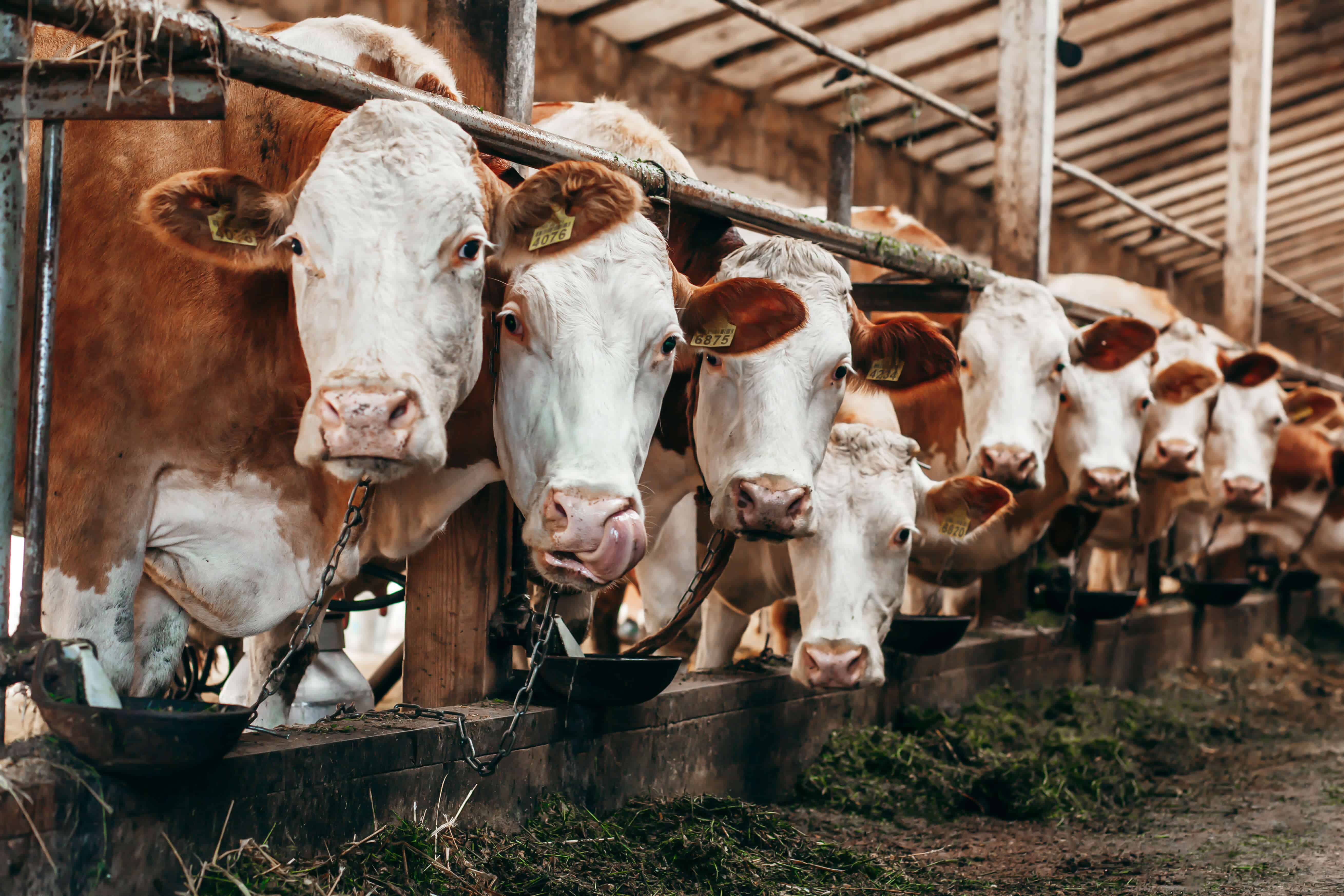An analysis by Stanford University has examined how meat and dairy industry lobbying is stifling the alt protein sector.
Published in the journal One Earth, the study reviews agricultural policies from 2014 to 2020, finding that most agricultural funding is consistently devoted to livestock and feed production systems. In the U.S., about 800 times more public funding and 190 times more lobbying money goes to animal products than to plant-based or cultivated alternatives, while the meat and dairy industries are actively attempting to suppress environmental issues and regulations.
“Powerful vested interests have exerted political influence to maintain the status quo”
The situation in the EU is similar, with about 1,200 times more public funding and three times more lobbying money going to animal products than alternatives. Furthermore, EU cattle producers rely on subsidies for at least 50% of their income, with these subsidies often incentivizing farmers to maintain herd size or even increase output.

“Significant policy shift”
However, there are glimmers of hope, such as the recent regulatory approval of cultivated chicken in the US. Additionally, the Inflation Reduction Act passed last year will provide technical and financial assistance for farmers and ranchers working to reduce greenhouse emissions or sequester carbon.
In the EU, a policy proposal for a more sustainable food system will be debated later this year, with the aim of supporting climate mitigation solutions along with reducing biodiversity loss and environmental impacts. It comes after a European Citizens’ Initiative last year proposed that animal agriculture subsidies should go to alt proteins instead.
However, the Stanford analysis concludes that more needs to be done to accelerate the transition. This could include increasing the cost of meat to reflect its environmental impact, more research into meat and dairy alternatives, and the inclusion of these alternatives in dietary guidelines. In the US, reports suggest that consumers are interested in meat alternatives but are put off by their relatively high cost, so achieving price parity is also of key importance.
“It’s clear that powerful vested interests have exerted political influence to maintain the animal-farming system status quo,” said the study’s senior author Eric Lambin, the George and Setsuko Ishiyama Provostial Professor at Stanford and senior fellow at the Stanford Woods Institute for the Environment. “A significant policy shift is required to reduce the food system impact on climate, land use, and biodiversity.”




